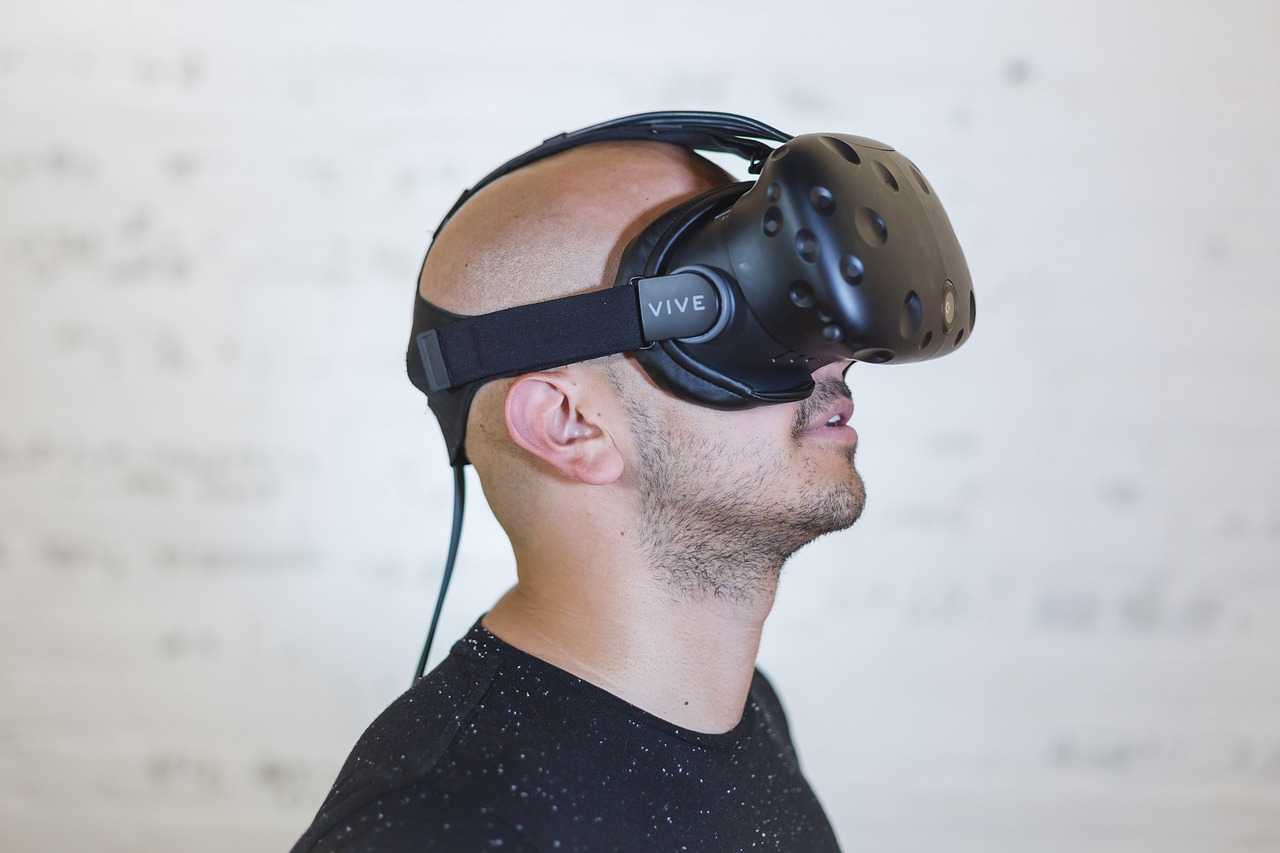New technologies are quickly changing the ways we experience many parts of our lives, including healthcare. For example, chatbots are slowly becoming more prominent in healthcare delivery. Another technology with a number of exciting applications in healthcare is virtual reality (VR).
Currently, most people associate VR with video games, but this may change in the coming years as more industries find uses for the technology. Within healthcare, VR has a wide variety of applications, including diagnostics, training, and even treatment. Researchers are exploring how VR can be applied in the healthcare setting, and some companies have already brought some interesting products to the market. Some of the exciting applications of VR in healthcare include:
1. Cancer treatment training
One pharmaceutical company, Johnson & Johnson subsidiary Janssen, has designed a VR-based simulation to train nurses in the delivery of cancer drugs. The VR system simulates a clinical setting and provides a virtual patient. Nurses interact with the patient through the VR to administer medications. VR is particularly helpful for this kind of training, since chemotherapy drugs must be administered precisely. In addition, learning how to administer chemo drugs on a real patient can be stressful for nurses—improper technique can put the patient at risk. The VR training, in contrast, helped boost the nurses’ confidence and prevented them from having to learn on a real patient. At EyeforPharma’s annual awards in 2018, the system was named Most Valuable Healthcare Personnel Initiative.
2. Early Alzheimer’s detection
This application of VR is still in its early phase, but the promise of using VR for early Alzheimer’s disease detection is exciting. A group of researchers at the University of Cambridge is working on this intervention, which uses VR to test patients’ navigational skills. The scientists believe that it may help identify people who are most at risk of developing dementia before any clinical signs are present. It’s often thought that memory loss is the first sign of Alzheimer’s, but difficulties with navigation (for example, the patient’s usual route from home to the grocery store) are often the earliest symptoms. Using VR to identify people most at risk of developing Alzheimer’s disease means interventions could be started early. And with early intervention, it could be possible to delay the onset of dementia, or maybe even prevent it altogether.
3. Hot flash alleviation
For many women going through menopause, hot flashes can be extremely uncomfortable and disruptive to daily life. Women who experience hot flashes at night can have long-term sleep disruption. Worst of all, hot flash symptoms usually persist for years. Unfortunately, the best way of dealing with hot flashes is through hormone replacement therapy, but this can increase the risk of heart disease and other medical problems. However, a different solution may be available.
Health tech company VRHealth launched Luna, a virtual therapist powered by artificial intelligence that assists patients experiencing hot flashes through cognitive behavioral therapy and other non-pharmaceutical interventions. This solution could significantly improve quality of life for women during menopause, or other people experiencing hot flashes, such as patients receiving chemotherapy.
4. Blood vessel navigation
Interventional radiology is a medical specialty that uses imaging to guide procedures. Researchers have recently experimented with VR as one of these imaging modalities. For example, the University of Washington Medical Center has successfully used VR to help navigate blood vessels inside a patient during the placement of a catheter. The researchers used a catheter with electromagnetic sensors that could be steered by physicians as the VR provided a map of the vessels. This technology could help prevent some of the potential complications of placing a catheter, such as perforating a blood vessel or placing it in the incorrect location. While imaging helps interventional radiologists avoid these complications, VR could offer more precision.
5. Alleviating patient anxiety
Though hospitals are designed to provide care, they can of course be stressful places for patients. It’s common for people to feel alone and scared when waiting for a diagnosis or treatment. Anxiety isn’t just mental, either. It can exacerbate the pain that people are already experiencing and can become problematic before and during a procedure. VR could offer a solution to this problem by promoting relaxation.
A pilot study at St. George’s Hospital in London tested the use of VR headsets for patients before and during operations. Patients with the headsets viewed calming landscapes; all participants reported that the experience improved their hospital experience. In addition, more than 90 percent of participants reported feeling more relaxed with the headset and 80 percent said they felt less pain after wearing the headset.
6. Autism spectrum treatment
Researchers at Newcastle University and Third Eye Neurotech in the UK explored the use of a VR environment called the Blue Room in treating fears and phobias, especially in children with autism spectrum disorder (ASD). The researchers found that more than 40 percent of children with ASD were free from their phobias after six months of Blue Room treatment. A separate study by the same researchers examined the use of the Blue Room for treating fears and phobias in adults with ASD. These results were also promising. Treatment options for people with ASD have historically been limited, so this technology could significantly improve quality of life and boost everyday functioning. Moving forward, researchers may find even more applications of VR in treatment for ASD.

